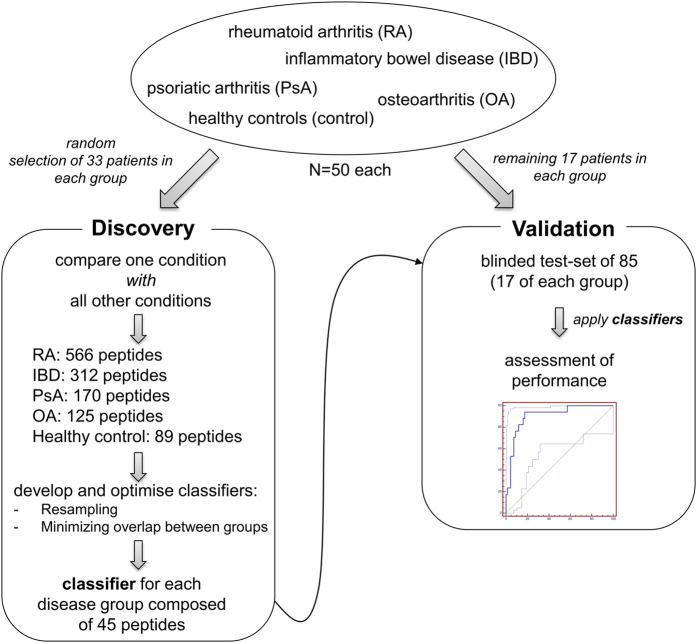Figure 2. Schematic of the study design.
The available samples from each of the 5 groups were randomly assigned, using an automated algorithm, to the training (discovery) or the validation test set. Samples in the training set were used to identify potential biomarkers by comparing each group with all the others to identify peptides significantly associated with each group. In order to avoid introducing bias and to give similar weighting to each group, the 50 most significant peptides in each group were then used to generate a 45 peptide classifier specific for the respective group. Performance of this classifier was tested in the remaining blinded independent samples in the validation set to give an assessment of the performance of the classifiers for each disease (shown in Fig. 4).

